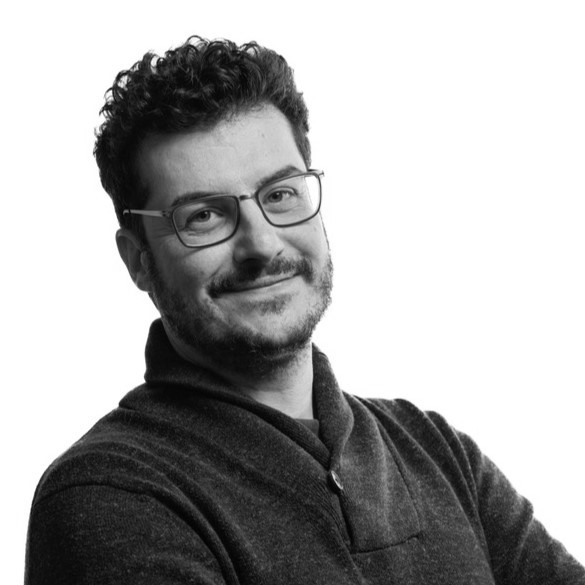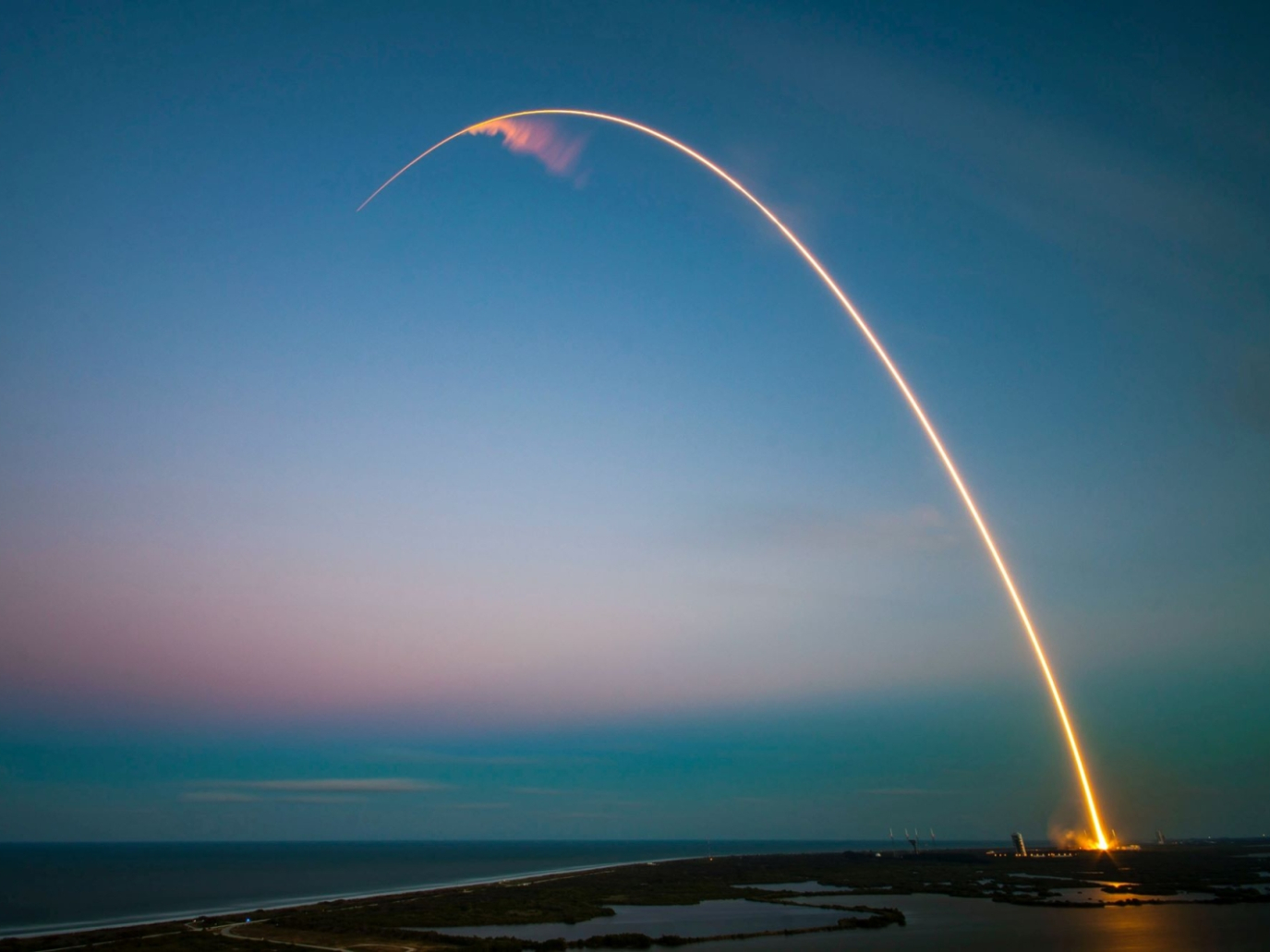The New Space Economy is a strategic sector that Italy must look to more attentively because it can offer precious opportunities across different production areas. From the use of satellite data to make agriculture resilient to climate change to research in the fields of food, health, and pharmaceutics, the future of aerospace will increasingly be marked by collaborations between public bodies and private companies.
The Emilia-Romagna region provides a good example: following the Memorandum of Understanding between the Italian Government and Axiom, the region committed to a cooperation project on the development of the space economy. This will be presented during a conference at Ecomondo, the reference international event in Europe for services and industrial solutions in the green and circular economy sectors, set for 7 to 10 November 2023.
The conference, which will take place on Tuesday, 7th November at 14:30, is intended to highlight investments in the New Space Economy – also in relation to the National Recovery and Resilience Plan (NRRP) – to boost Italian industry and enhance the interconnections between sustainability, environmental protection, and energy choices.
Renewable Matter spoke about this with Brigadier General Alessio Grasso, Aerospace & Defence Business Unit Manager at Dallara Automobili and session chairman of the event.
Alessio Grasso. Credit: Dallara
Let’s start by framing the situation: what is the current status of Italian aerospace?
The frontier of space is a pioneering sector, with a turnover currently estimated at 350 billion dollars rising to 1.2 trillion by 2040. It extends across three main areas: space exploration, terrestrial exploration, namely in relation to satellites, to which the NRRP is giving a strong stimulus in the context of digitalisation, and transportation systems, namely launchers. The Frosinone-based company Avio, for example, which manufactures launchers, has been tasked by the ESA to take part in the project to build the new European launcher. Thus, the matter arises of investing a lot of money, even from the NRRP, in this activity, to develop an autonomous capacity that Europe currently does not have.
Because at the moment it’s all in the hands of Elon Musk.
Exactly. Musk or, rather, the American system, which has a very clear space strategy. In 2011, the Space Shuttle programme was shuttered by President Obama because, despite being a masterpiece of engineering, it was plagued by low reliability, having caused the loss of two shuttles and the death of 14 crew members over 135 missions, and by extremely high costs (approximately 1 billion dollars per mission). The USA went on to use the Russian Soyuz system, which was extremely efficient: in addition to not having suffered any catastrophic failures, it was found to be extremely reliable and economical. The cost per mission was approximately one-quarter that of the Space Shuttle.
In the meantime, they launched the NASA Commercial Crew Program, which created a competitive system among private companies, with Elon Musk’s Crew Dragon coming to the fore. Thus, on 30 May 2020, the United States returned to space, this time with a private contractor rather than a state-developed spacecraft. The dynamics have changed, with low orbits now seen as a system to offer services to private companies or institutions.
Crew Dragon is a rocket that costs considerably less than Soyuz and which now takes off almost weekly. It is a system that works and with a very interesting technology because it uses and autonomously lands on sea-based platforms. In essence, this is the great technological gap between the US and Italy that has to be filled. Europe itself has no launch platforms, it relies on French Guiana. This is where the challenge lies.
What, instead, is changing in terms of actual outer space?
Space exploration is an opportunity in which Italy should make major investments. I believe that Dallara has been something of a leader in this regard, alongside the Italian Air Force (Aeronautica Militare) and the Emilia-Romagna region. The ISS has now surpassed the limit of its service life. It faces maintenance problems because it was originally planned to be operational for 15 years.
Therefore, NASA tasked a company, Axiom Space, to build the next commercial space station. Now we can think of this, with services opening to private companies, as a hotel in space, where rooms are rented to private clients who want to enjoy a unique experience or to institutions that will continue to do what they are doing now on the ISS: carry out training, run a scientific laboratory, conduct experiments, and more.
Axiom Space is a startup and the Italian Air Force, with great foresight, was the first to reach an agreement with it in 2017, to train an Air Force pilot – a professional engineer and soldier – to conduct missions. It then sent Colonel Walter Villadei to Houston, and he will now be part of Axiom’s third commercial mission in mid-January 2024.
Subsequently, in 2020, Dallara turned to Emilia-Romagna president Bonaccini and councillor Colla to explain that this was a unique opportunity for the region because, if private individuals also have access to space, their needs will be different. A billionaire paying several million dollars for a trip to space wants to be treated differently compared to astronauts who live a hard life by definition. Consider astronaut food, which has been the same since the 1980s. Instead, billionaire space tourists will want to eat well, maybe Italian food, so Dallara started a collaboration with Barilla.
Or consider that those who go to space face a major problem: microgravity. It impedes normal blood circulation and, over time, causes muscular atrophy; therefore, people in space have to do at least 2 hours of gymnastics every day. Currently, astronauts do this on a sort of treadmill that has not changed in 30 years, so we brought Technogym into our team to design an astronaut-specific gym and a training system that uses artificial intelligence to calibrate exercise based on day-to-day changes in physical conditions.
So this is basically also a business opportunity for companies.
Yes, an enormous opportunity. At Dallara, we will conduct experiments on advanced materials for the comfort and protection of astronaut health, and we will do this together with the National Research Council, the Romagna Tumour Institute, and a startup that manufactures “space gear”.
Another Ravenna-based company in the field of telehealth, GVM Assistance, has developed a long-distance medical consultation system that could help astronauts with health problems. In terms of pharmaceutics, we have also been in discussions with Bracco. For cosmetics, a sector which invests over 50% of earnings in research and development, aerospace is one of the fields to focus on. Consider the advantages that come with being able to study an anti-ageing cream in space, where ageing processes are accelerated. Essentially, there are many opportunities for research into the comfort and health of future astronauts, but we need to act now to take advantage of them. This was the starting point for the agreements between the Italian Air Force and the Emilia-Romagna region, and between the Italian Government and Axiom to develop a fully Italian module to put in the new space station.
Let’s talk about space and sustainability: is this combination even possible?
Space is the cradle of sustainability. It is a difficult environment and if we can ensure the efficiency of processes in space this will certainly also be possible on Earth. Consider water recycling, which stands at 70% on the ISS today with the remainder being delivered through resupply. However, taking materials to space with the Crew Dragon costs 20 to 25 thousand dollars per kilogram. Therefore, researchers are looking for ways to increase water recycling to 85%, with some studies even aiming for 110-120%, which effectively means creating water on the space station.
And is there also a place for the circular economy in space?
I think it’s one of the fundamental aspects. Astronauts stay on the space station for 6 months or a year without a washing machine or a bathroom. They use wipes to clean themselves and have to throw away dirty clothes because they can’t clean them. Cygnus, which is built by Thales Alenia Spazio Italia Torino, is a module that brings supplies to the ISS. When it docks, astronauts collect the food and supplies and refill it with waste; then, the module is made to fall toward Earth and disintegrates on re-entry. It is a costly system.
So now the conversation is about how to recycle this waste to create t-shirts, gaskets, or 3D-printed objects. These development opportunities follow a tradition that comes from the past. Think back to the Apollo missions, whose journeys to the moon led to the creation of something like 120,000 patents, which we still benefit from today, These include polarised sunglasses, non-stick Teflon pans, and the GPS satellite system, to mention a few.
How did the event you will be hosting at Ecomondo come about?
Precisely from this combination of space and sustainability, and from the requirements it brings: economic, technical, logistical, and more. If we can be sustainable in space we can better carry out our mission, but also generate important benefits on Earth. Therefore, we thought it would be great to bring together the people who are working in this direction, such as Dallara CEO Andrea Pontremoli, Leonardo CEO Roberto Cingolani, professor Giuseppe Sala, Director of the Aerospace Engineering Department at Politecnico di Milano, Walter Villadei calling remotely from Houston, as well as Emilia-Romagna president Bonaccini and councillor Vincenzo Colla, and also the Minister for the Economy, Giorgetti. Political presence is important because with the right strategy, Italy could become the leader of European aerospace.
This article is salso available in Italian / Questo articolo è disponibile anche in Italiano
Image: SpaceX, Unsplash



